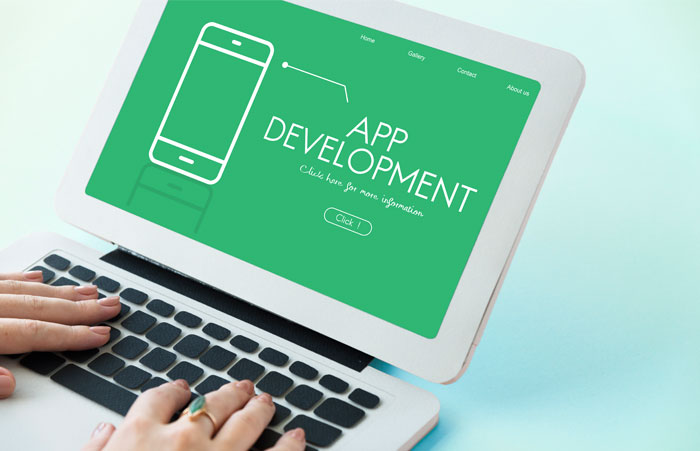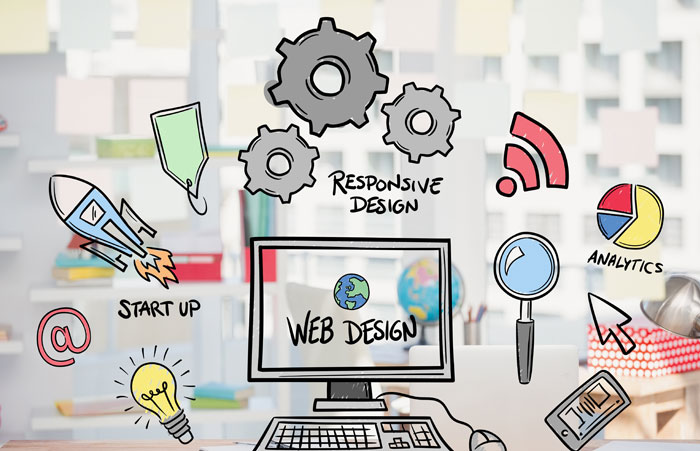What Is App Development?
App development has existed since 1983, when Steve Jobs produced the first version. It has grown with technology to streamline corporate procedures since then. In recent years, mobile applications have grown in popularity; in fact, studies reveal that 21% of millennials open an app more than 50 times every day. While the popularity of apps cannot be denied, the sheer volume of these custom software programmes might make it tough to observe results when developing your own.
App Types and What to Think About During Development
Developers can design a variety of apps, including native apps, HTML5 apps, and hybrid apps. To work with remote computing resources, a typical app utilises a network connection. Many businesses choose to engage in bespoke app development to boost productivity and optimise internal operations, as well as to bring their ideas to the public eye.
Developers must consider a multitude of factors while building an app, including screen size, settings, and hardware specifications. Each component of a mobile app must work together to produce a user interface that is quick, clear, and simple to use. Here are a few more things to think about while developing an app.
Cross-Platform Technologies' Importance
In recent years, the concept of cross-platform app development has grown in popularity. Developers may create code once and have it run on all platforms, including iOS, Android, and Windows, thanks to cross-platform technologies. This means that, rather than writing new code for each platform, app developers may reuse existing code. This saves time and eliminates the need for repetitive tasks.
Businesses can also save money by developing cross-platform apps. Instead of using multiple tools and technologies to support all platforms, companies now simply need to make one investment to produce an app. End consumers gain from consistency when cross-platform app development is implemented. Regardless of whether the user is using an Android phone or an iPad, the app should look the same on all devices.
The Lifecycle of App Development
The app development lifecycle features several steps involved in a typical app development project. These steps include:
1. Planning
Completing a business analysis and developing a mobile strategy are part of the first stage. In most cases, a business analyst, marketer, and project manager are engaged.
2. Technical
A technical writer is in charge of explaining all technical information and needs at this stage.
3. Prototyping
The sketch, wireframes, and app skins are all generated during the prototyping phase. A UX/UI designer is usually in charge of this.
4. Developing
Developers perform the front-end and back-end coding portions at this phase.
5. Quality
During the quality assurance phase, the app's technical requirements are checked and the device's capacity is examined to guarantee that it functions properly.
6. Publishing
The software is then uploaded to the app store. As upgrades, new releases, and new issues become available, maintenance is offered on a continuous basis.









